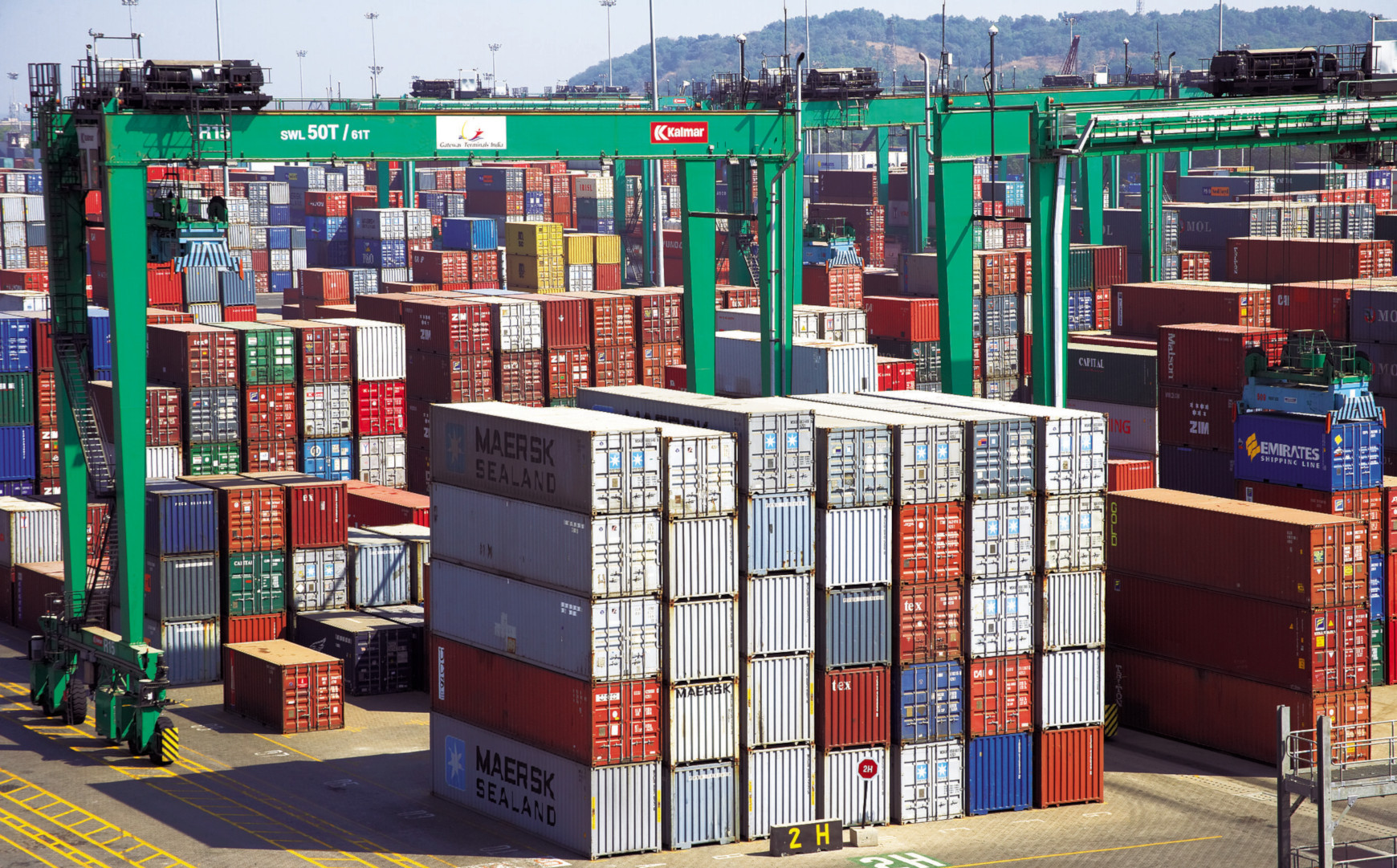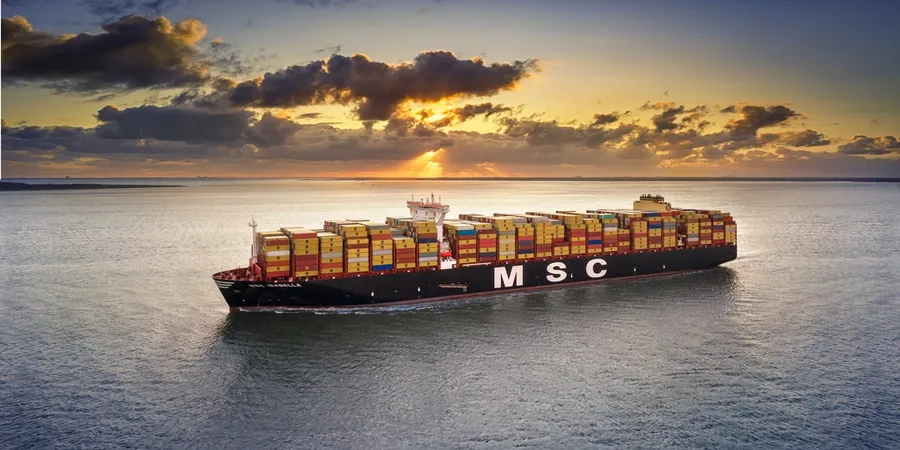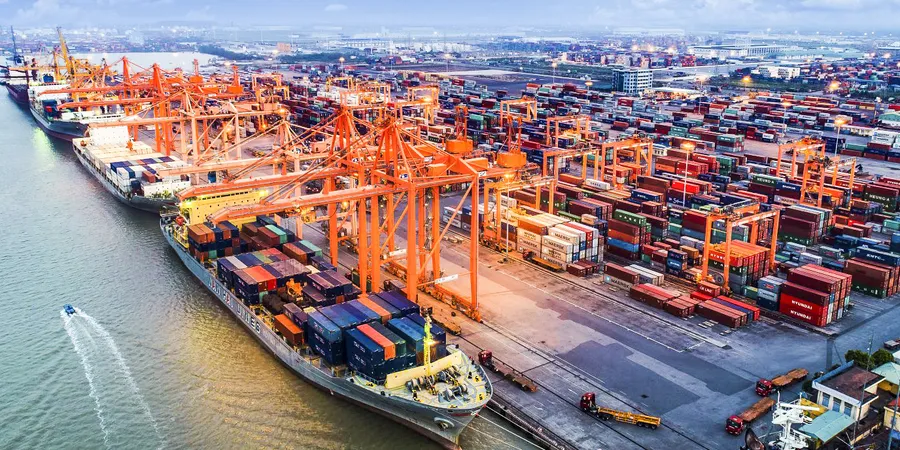CN analysis: Demand pressure continues to stall rate recovery on trades out of India
With the exception of trades to Europe and the Mediterranean, container freight rates out of India have seen no noticeable recovery signs for carriers, according to the latest market analysis by Container News.
On the westbound India-Europe trade, average short-term contract rates from West India [Jawaharlal Nehru Port (JNPT)/Nhava Sheva or Mundra Port] to Felixstowe/London Gateway (UK) or Rotterdam (the Netherlands) have risen to US$650 per 20-foot container and US$700 per 40-foot container, from US$550 per 20-foot container and US$650 per 40-foot container at the end of August.
For West India-Genoa (the West Mediterranean) bookings, September contract rates have stood at US$800/TEU, from US$675, and US$750/FEU, from US$650, according to the CN analysis.
However, eastbound cargo (imports into India) rates for these port pairings have continued to fall, month-on-month. According to the analysis, average rates have cooled to US$600/TEU, from US$650, and US$650/FEU, from US$750, for bookings from Felixstowe/Rotterdam to West India, whereas rates for shipments from the West Mediterranean (Genoa) to Nhava Sheva/Mundra have remained steady, at US$350/TEU and US$500/FEU.
Short-term contract prices on the India-US trades have been steady to slightly decreasing, from August levels, despite attempting another round of general rate increases (GRI) by major carriers. Average rates in August for shipments from West India (Nhava Sheva/Mundra) to the US East Coast (New York) have moderated to US$1,700/TEU, from US$1,870, but FEU rates have gained moderately – rising to US$2,100/FEU, from
US$2,050/FEU last month. For Indian container loads moving to the US
West Coast (Los Angeles), rates have seen no major changes from end-July levels, hovering at US$1,600/TEU and US$1,700/FEU.
Also, for the West India-US Gulf Coast (Houston) trades, there have been no changes in rate levels, month on month, hovering at US$1,875/TEU and US$2,575/FEU, the CN analysis shows.
That rate trendline on the India-US trade is an indication that carriers have made no recovery from the September 1 rate increase attempts.
Short-term contract rates on the US-India trades (return leg) have continued to remain at the averages seen in August, at US$475/TEU and US$550/FEU from the US East Coast to West India, and at US$1,000/TEU and US$1,150/FEU for US West Coast-West India bookings.
August average rates from the US Gulf Coast to West India have stood at US$800/TEU and US$1,100/FEU, indicating again no changes from end-August trends.
Rates on intra-Asia trades out of India have seen a further slide in September, with the exception of a steady rate trend for North/South China bookings, the CN analysis reveals. For West India-Yantian (South China), the analysis has put average rates at US$115/TEU and US$230/FEU, while for West India-Central China (Shanghai), rates have hit rock bottom levels at US$5 for both TEU and FEU loads, versus US$10/TEU and US$15/FEU, respectively, month-on-month.
For West India-North China (Tianjin) trades, September rates have held firm at US$65/TEU and US$125/FEU.
Similarly, for Indian cargo to Singapore, rates have plunged US$5 for both TEU and FEU bookings, down 50% from US$10 last month, according to the CN analysis.
For Indian shipments to Hong Kong, carriers have kept rates down to US$10 per TEU/FEU, versus us$10/TEU and US$15/FEU in August.
Average September prices for a TEU booking West India-Jebel Ali/Dubai shipments have dropped to US$50/TEU and US$90/FEU, from US$60 and US$130, respectively, a month ago.
With the Indian export trade struggling to pace up, there is little chance that carriers will be able to rally a rate recovery seen in the coming weeks.
According to new data released by the Indian Ministry of Commerce & Industry, Indian merchandise export trade, by value, saw a 7% decline in August, albeit the slowest year-over-year fall in recent months.
“Sluggish global economic contraction and demand especially in major economies like the EU, the UK and China, coupled with the subdued growth in economies like the US and Australia, has led to such a modest performance in exports during the recent months,” A Sakthivel, president of the Federation of Indian Export Organisations (FIEO), said in a statement.
Sakthivel added, “Manufacturing across the Euro Zone and the US has also contracted due to persistent policy tightening measures by both the US Fed and the European Central Bank, squeezing finance.”
He also pointed out, “The softening of the commodity prices across the globe has also pulled down value-wise exports.”
Sakthivel went on to explain, “The moderation in pace of growth in merchandise exports significantly in 2023 has been mainly because of ongoing geopolitical tensions, disruption in global supply chain due to Russia-Ukraine war, monetary tightening and recessionary fears, which have continuously led to a fall in consumer spendings across the globe especially in advanced economies.”
However, the FIEO chief expressed optimism that the pace of Indian exports will rebound in the coming months with fresh orders kicking in for the holiday season.
Source: Container News





